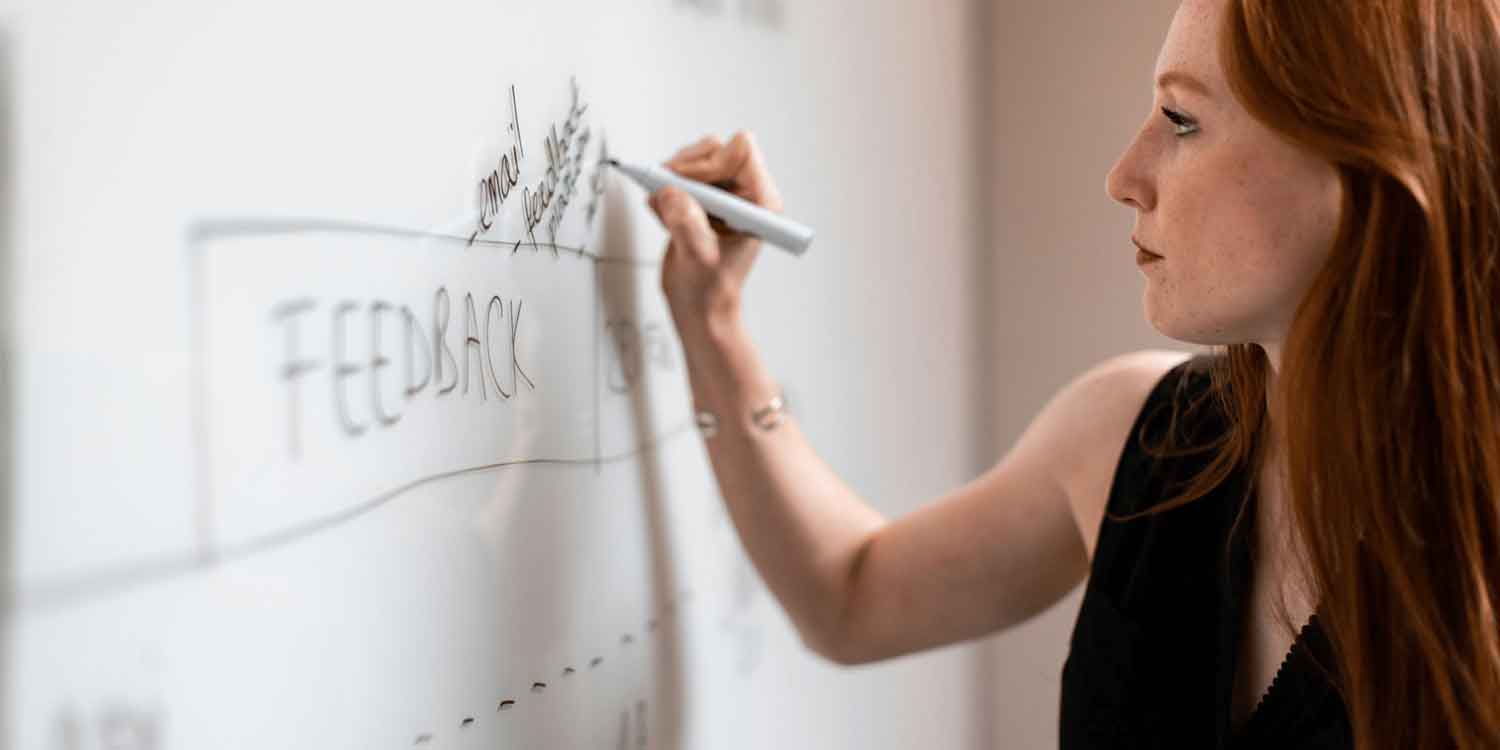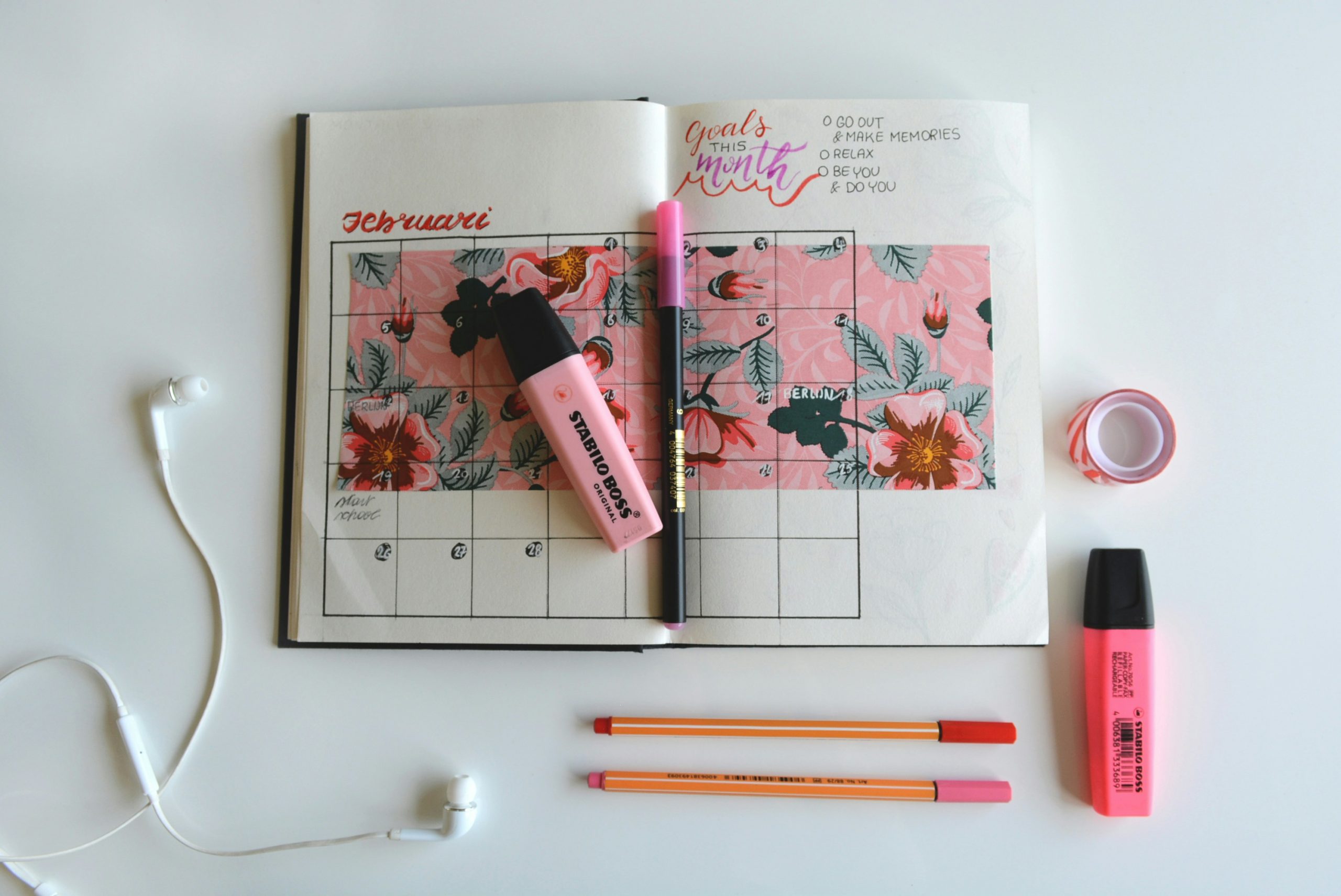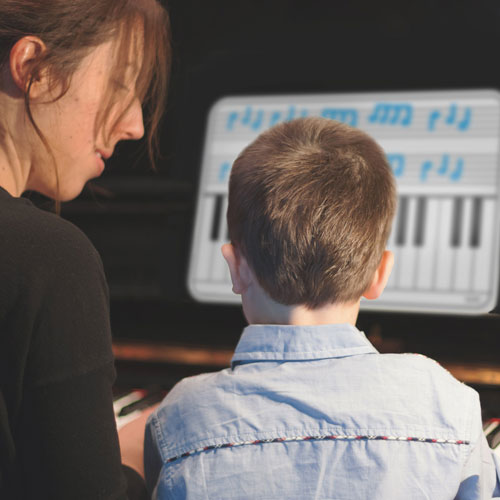
Third grade was the year I discovered the benefits of handwriting. It was the year that I possessed the most impressive collection of gel pens in my entire class, quite possibly in my entire grade. I stored them on my desk in a sparkly blue mesh plastic cup. Each lesson, I would take out a different pen or pencil from my imposing collection, white-knuckle it between my knobby fingers, and get to work. If I finished early, I would adorn my assignments with doodles of my favorite Pokemon and Yu-Gi-Oh characters. Other students would sometimes ask to borrow my pens and pencils. Sometimes they would forget to give them back, but hey, at least I was generous.
Third grade was also the year I learned how to write in cursive. At first, I deemed the exercise to be pointless, wondering why I would ever need to know how to write in a fancy script like my Mémère. But soon I found the swirling, interconnected letters visually pleasing and took it upon myself to become the best eight-year-old cursive writer in history. Eventually, I became a mediocre cursive writer at best, but in the twenty-two years that have passed since then, I have never lost my love for handwriting.
The Rise of Screens, the Fall of Handwriting
The world has shifted dramatically since then, down to the very ways we express our thoughts through nonverbal language. 2010 ushered in the era of Common Core educational standards, from which cursive handwriting was removed to mixed reactions. As of August 2023, 95% of all American households owned a computer, compared to just 51% in the year 2000. By the end of November 2023, 92% of all Americans owned a smartphone. In the year 2000, nobody owned an iPhone because the product hadn’t yet been invented. Much of Gen Z (people born between 1997 and 2012) cannot read documents or text written in cursive at all.
2000. By the end of November 2023, 92% of all Americans owned a smartphone. In the year 2000, nobody owned an iPhone because the product hadn’t yet been invented. Much of Gen Z (people born between 1997 and 2012) cannot read documents or text written in cursive at all.
I graduated from high school in 2011 and even then, nobody was using laptops to take notes in class. I relied solely on my family’s old Windows 7 desktop computer to write my papers, and my study flash cards were still actual paper index cards with words written on them. By the time I entered college, half the students in my lecture halls were taking notes in paper notebooks, and the other half had moved on to laptop keyboards. I had an ancient hand-me-down Gateway laptop for researching and writing papers in my dorm but I remained a staunch notebook-haver until my graduation in 2015 (blue for math, red for humanities, green for science).
The Benefits of Handwriting for Your Brain
There’s no point in waxing poetic about the good old days unless the ways of the good old days were actually measurably better. There is a strong scientific basis in favor of analog writing. Every piece of research available to us currently indicates that in study and learning, handwriting is far more effective than typing at improving information retention, conceptual memory, and creative interpretation. A study done by the Norwegian University of Science and Technology captured EEG data from a group of students who were tasked with writing out a prompt by hand or typing it – alarmingly, connectivity of different brain regions only occurred when students hand wrote their prompts.
Perhaps that intra-neural connectivity is why handwriting leads to significantly higher rates of information retention, especially abstract information and synthesis. In 2014, researchers Pam Mueller and Daniel Oppenheimer studied fact retention amongst students by comparing groups of students who took either longhand or typed notes. What they  discovered is fascinating: students who typed their notes took more notes, but retained much less information than students who wrote their notes down on paper. Moreover, the typed notes group tended to write their notes down verbatim rather than putting the lecture content into their own words. This behavior did not stop when they were told not to do this. When allowed a week to review their notes, students who took typed notes did measurably worse on tests in areas of both factual content and conceptual understanding. The students who wrote down their notes took fewer notes, but because handwriting requires synthesizing and paraphrasing information, they developed a broader understanding of the topic.
discovered is fascinating: students who typed their notes took more notes, but retained much less information than students who wrote their notes down on paper. Moreover, the typed notes group tended to write their notes down verbatim rather than putting the lecture content into their own words. This behavior did not stop when they were told not to do this. When allowed a week to review their notes, students who took typed notes did measurably worse on tests in areas of both factual content and conceptual understanding. The students who wrote down their notes took fewer notes, but because handwriting requires synthesizing and paraphrasing information, they developed a broader understanding of the topic.
Other smaller studies have supported these results, and anecdotally, I did observe this during my own brief time as a teacher. My students who took their note-taking seriously did better on assessments and projects than students who did not. My students who took notes and made flash cards for themselves also did better than those who used online flash card websites like Quizlet. The sample size was relatively small, but the difference in my students' performance stood out.
Ways to Incorporate More Handwriting Into Your Life
There seems to be a bit of a resurgence of traditional handwriting in online spaces lately, especially on TikTok. There are entire accounts dedicated to the art of bullet journaling and some accounts focus exclusively on testing dry erase markers by writing viewers’ names in fancy script. Viewers often comment that watching other people write things down in beautiful script offers a remarkably soothing and calming experience. The benefits of handwriting range from cognitive to aesthetic, so take advantage of this traditional style of expression by starting with the following ideas.
- If you’re a student, take note(s)! Get a notebook you like and some beautiful pens to jot down notes from lectures. Decorate the cover of your notebooks to romanticize the act of note-taking.

- Follow creators on TikTok or YouTube who teach calligraphy, cursive, or bullet journaling. Many of these creators offer step-by-step guidance on how to develop a love for all things handwritten. Some of my favorites include @groovygraciecreates, @teachwithmx.ram, and @zeinab22saad, all on TikTok.
- Buy a dry erase board and some high quality markers. Nothing tops the ease and convenience of a dry erase board for brainstorming ideas quickly. I use mine for story mapping when I’m developing new concepts for short stories or poems.
- Embrace the art of snail mail. Instead of sending a thank-you text, try writing a thank-you letter. Join a pen pal community online like PenPalWorld and start writing letters to someone anywhere in the world.
- Write down your goals. Studies have shown that actually writing your goals down and keeping them in a place that’s visible increases your odds of achieving them by between 1.2 and 1.4 percent.
In Summary
Although I’m just as tech-literate as the average 90’s baby, I will always love writing things down by hand. Whether I’m scrawling my daily to-do lists in the pages of college-ruled notebooks with sparkly pink ink, or scribbling new song lyrics and cadences on my RitePlus dry erase board, I find value in the simple ritual of handwriting. I think Patrick Rhone, author of the handwriting advocacy website TheCramped, sums up my feelings on the matter quite succinctly. He writes,
“Well, when I write by hand I get to “show the work”. It’s why I use pen and ink. I don’t mind striking through to indicate changing a word, or using a notation to insert one, or making notations in the margins to rearrange the order of a sentence or paragraph. It should be messy. Messy is the work.”





